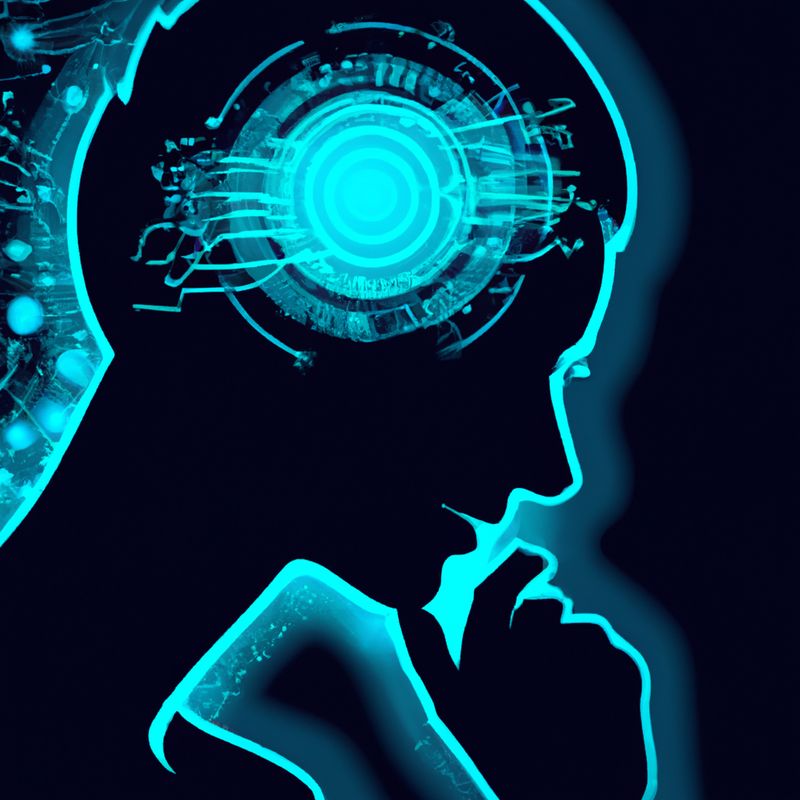AI and Art: What You Need to Know

The intersection of AI and art has become a hot topic in recent years, and for good reason. From creative works to scientific applications, the possibilities for AI-driven art are virtually limitless. But what exactly is AI and art, and how do the two intersect? In this blog post, we’ll explore the basics of AI and art, as well as some of the exciting possibilities that this intersection presents.
What is AI and Art?
AI and art is a broad term that encompasses a variety of creative works and applications that use artificial intelligence (AI) technology. AI is a form of computer science that enables machines to “think” and “learn” like humans. AI-driven art can take on many forms, from visual art created by AI-driven algorithms to music composed by AI-enabled software. AI-driven art can also be used to create scientific applications, such as computer models of complex systems or simulations of natural phenomena.
How Does AI Create Art?
AI-driven art is created using algorithms that are programmed with instructions and data. These algorithms are designed to “learn” from the data they’re given, allowing them to produce creative works that are unique and unpredictable. For example, an AI-driven algorithm might be given data about a particular painting style, such as Impressionism. The algorithm can then use this data to generate its own Impressionist-style painting.
What Are the Benefits of AI-Driven Art?
AI-driven art offers a number of benefits, both for artists and for those who appreciate art. For artists, AI-driven art can help them to create works that are more complex and unpredictable than what they could create on their own. AI-driven art can also help to reduce the amount of time and effort required to create a work of art, allowing artists to focus more of their energy on other aspects of their craft.
AI-driven art also has benefits for those who appreciate art. AI-driven art can help to expose viewers to new and unique forms of art that they may not have encountered otherwise. AI-driven art can also help to bridge the gap between traditional and digital art, allowing viewers to experience both in a single work.
What Are the Challenges of AI-Driven Art?
While AI-driven art can offer many benefits, it also presents some challenges. One of the most significant challenges is the potential for AI-driven art to be used to create works that are deceptive or unethical. For example, AI-driven algorithms have been used to create “deepfake” videos that are nearly indistinguishable from real videos. This technology can be used to create deceptive and potentially damaging works of art.
Another challenge of AI-driven art is the potential for AI-driven algorithms to be used to create works that are not truly creative. For example, an AI-driven algorithm might be programmed to produce works that are similar to existing works, rather than creating something entirely new. This could lead to works that are derivative and lack the spark of creativity.
Conclusion
AI and art are two fields that are rapidly intersecting, and the possibilities for AI-driven art are virtually limitless. From creative works to scientific applications, AI-driven art can offer a number of benefits, both for artists and those who appreciate art. However, there are also some challenges that come with AI-driven art, such as the potential for unethical or derivative works. As AI technology continues to evolve, it will be interesting to see how AI and art continue to intersect in the future.
